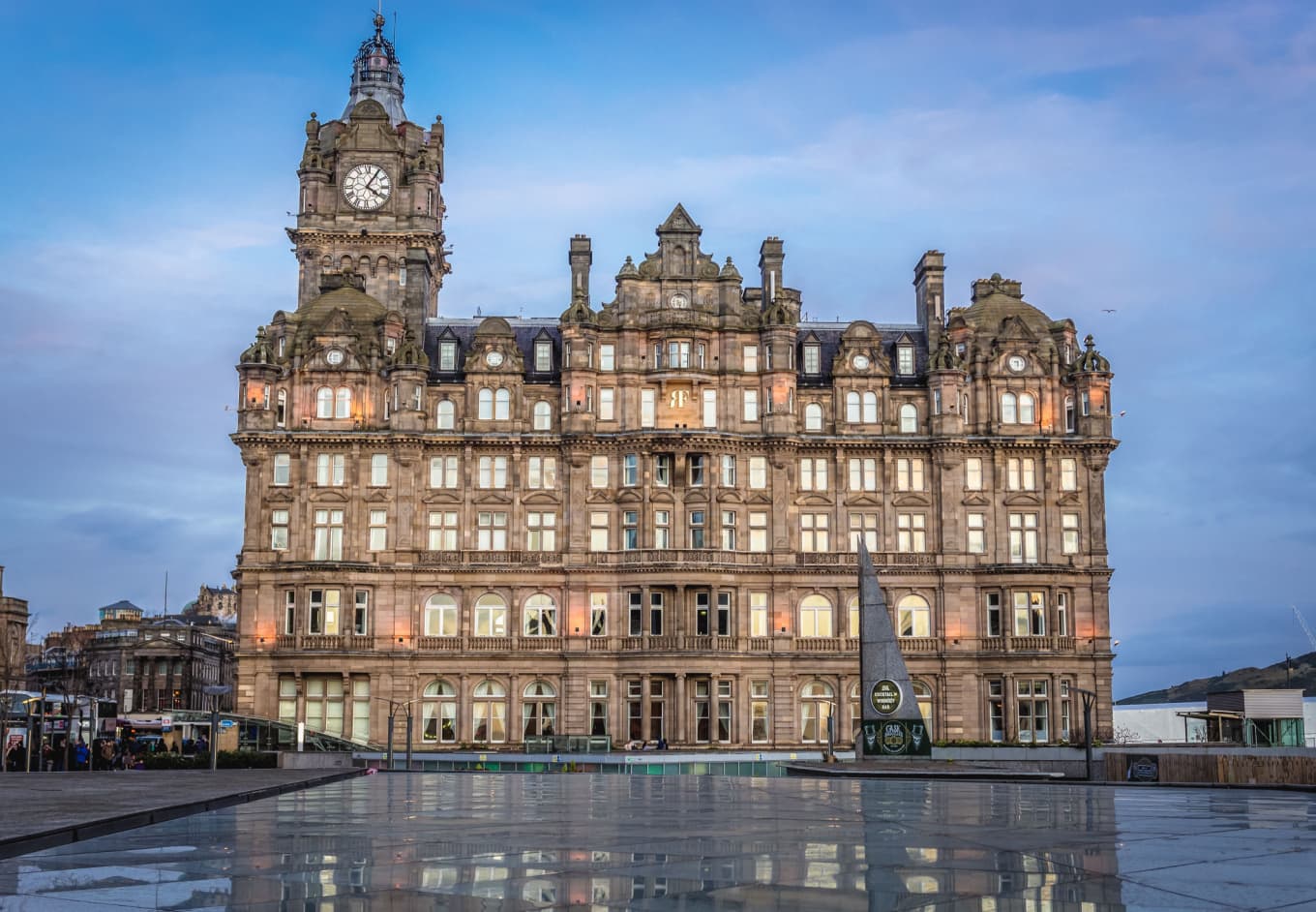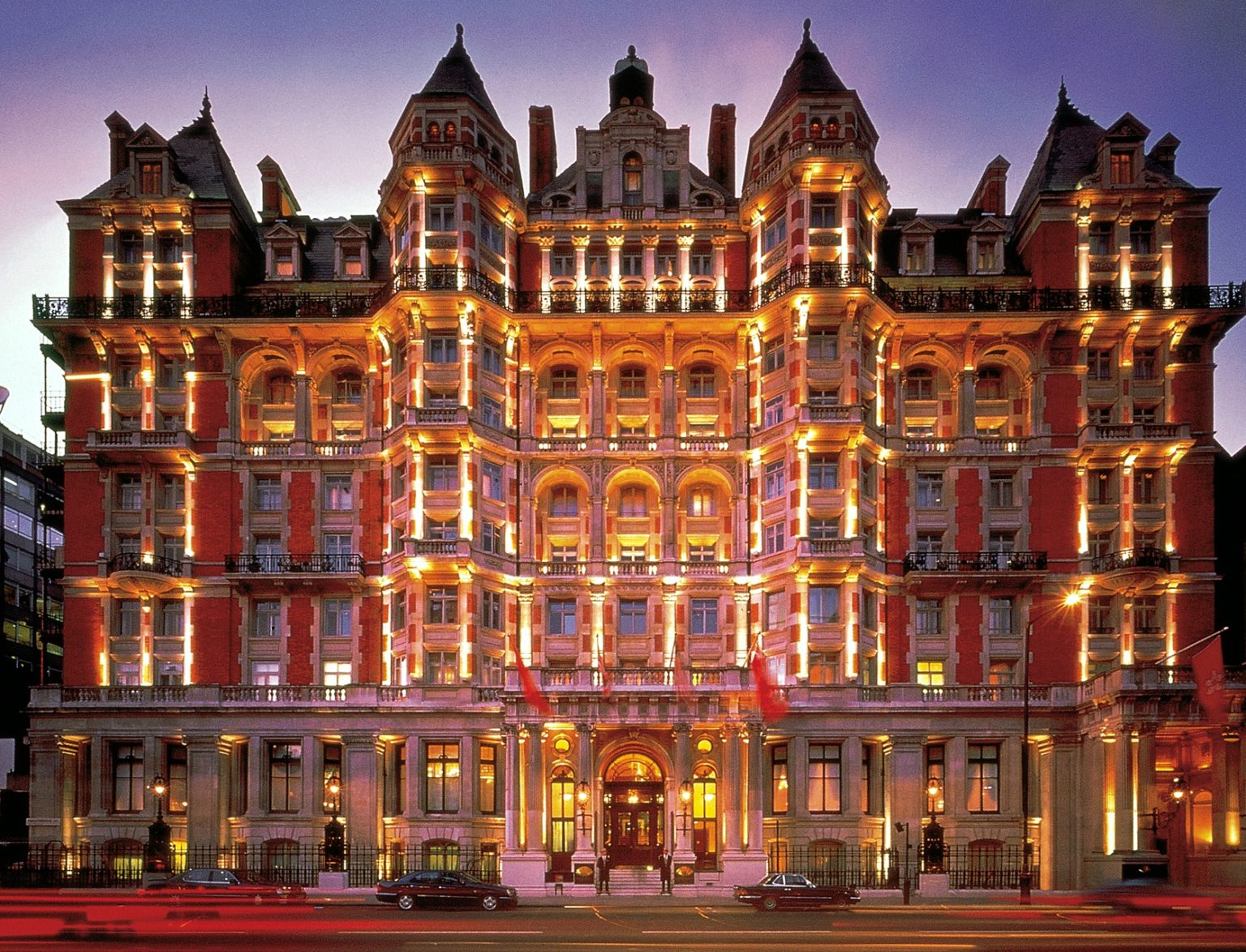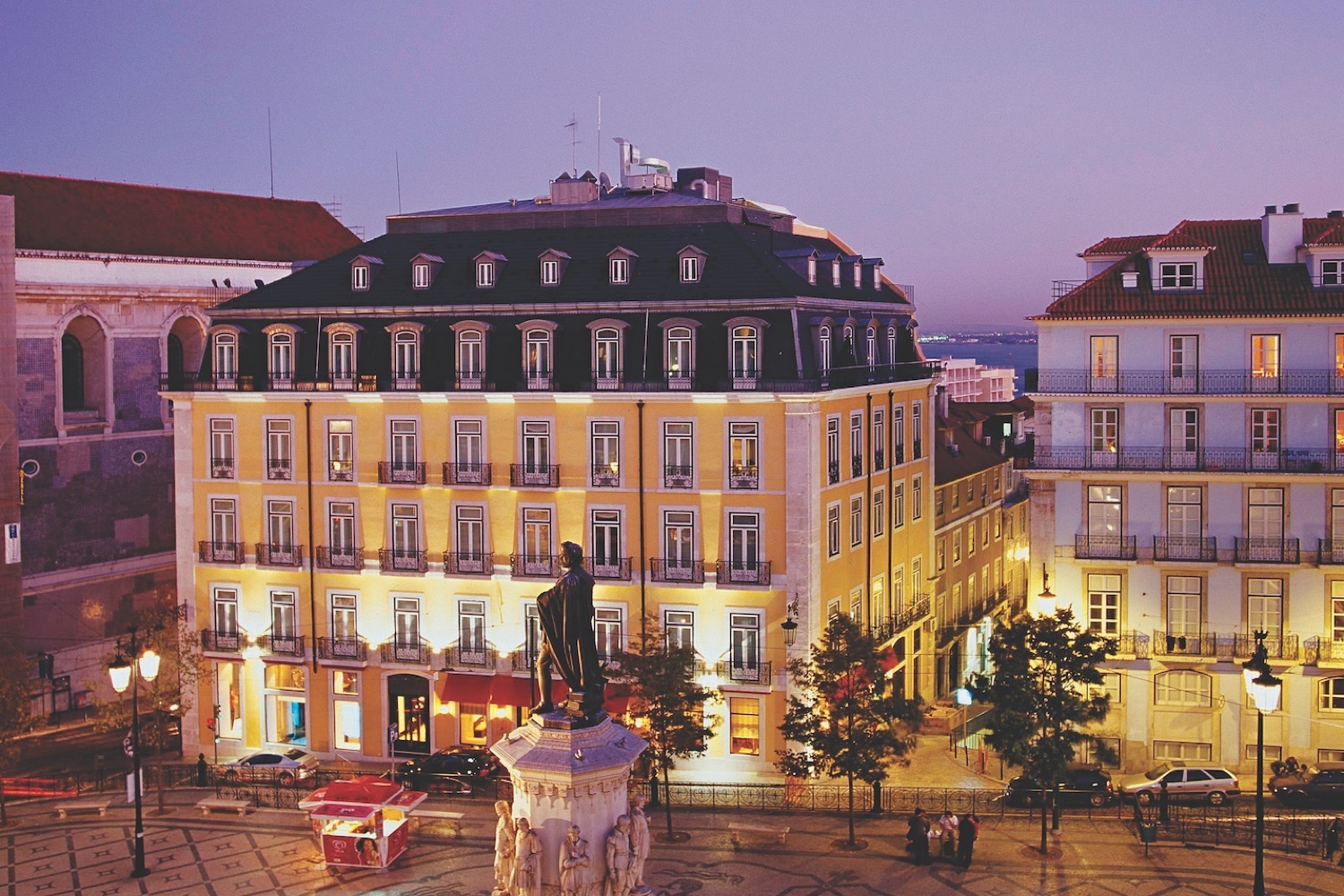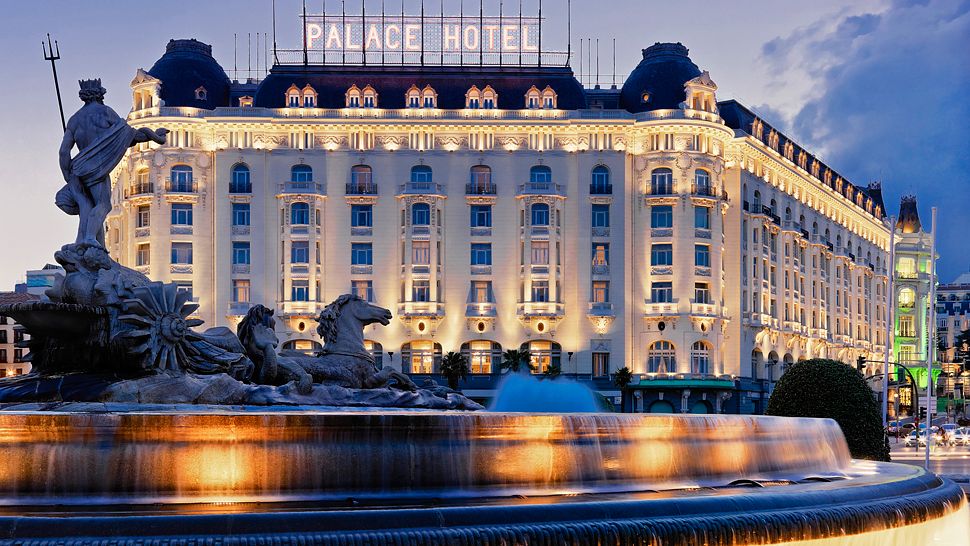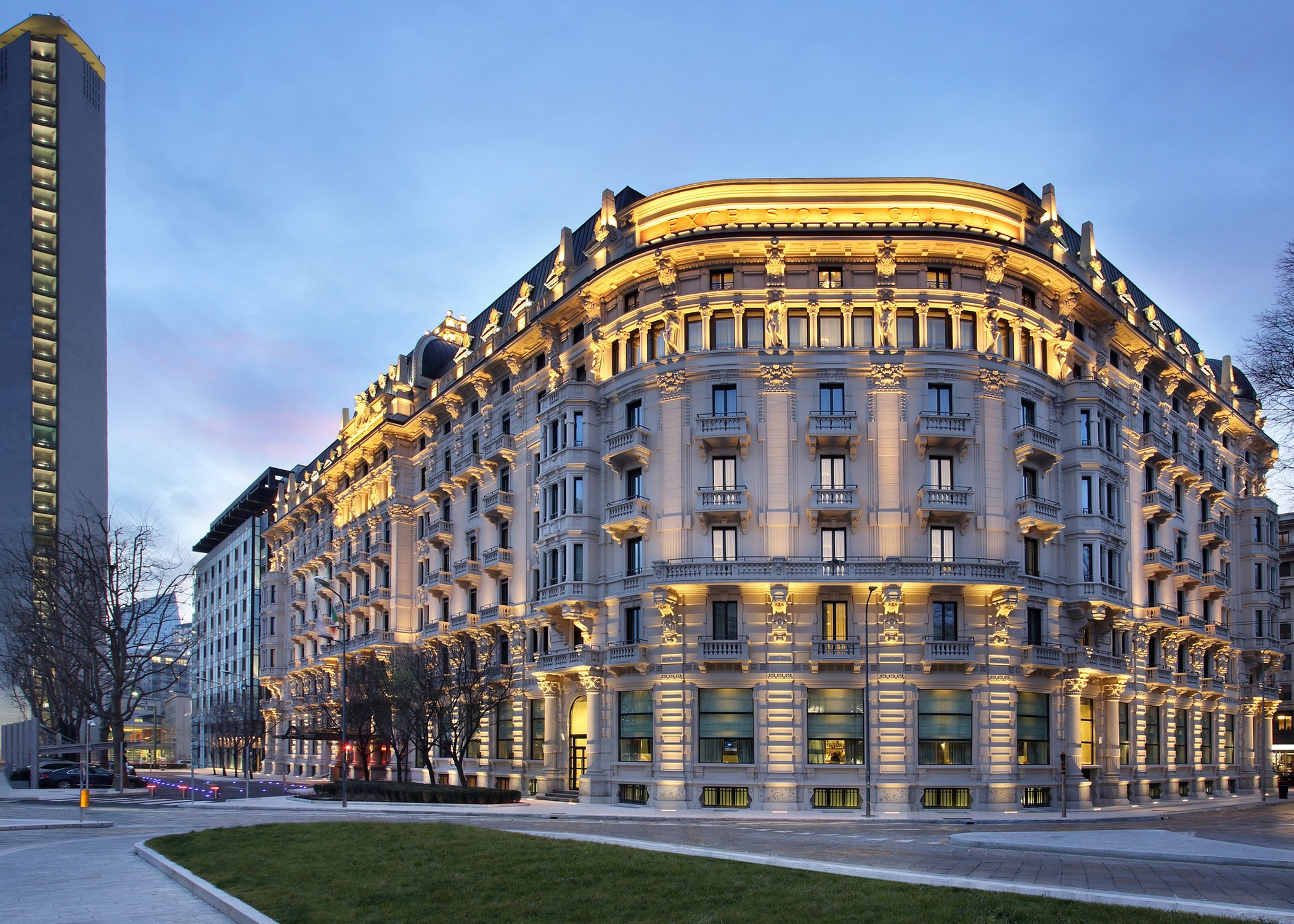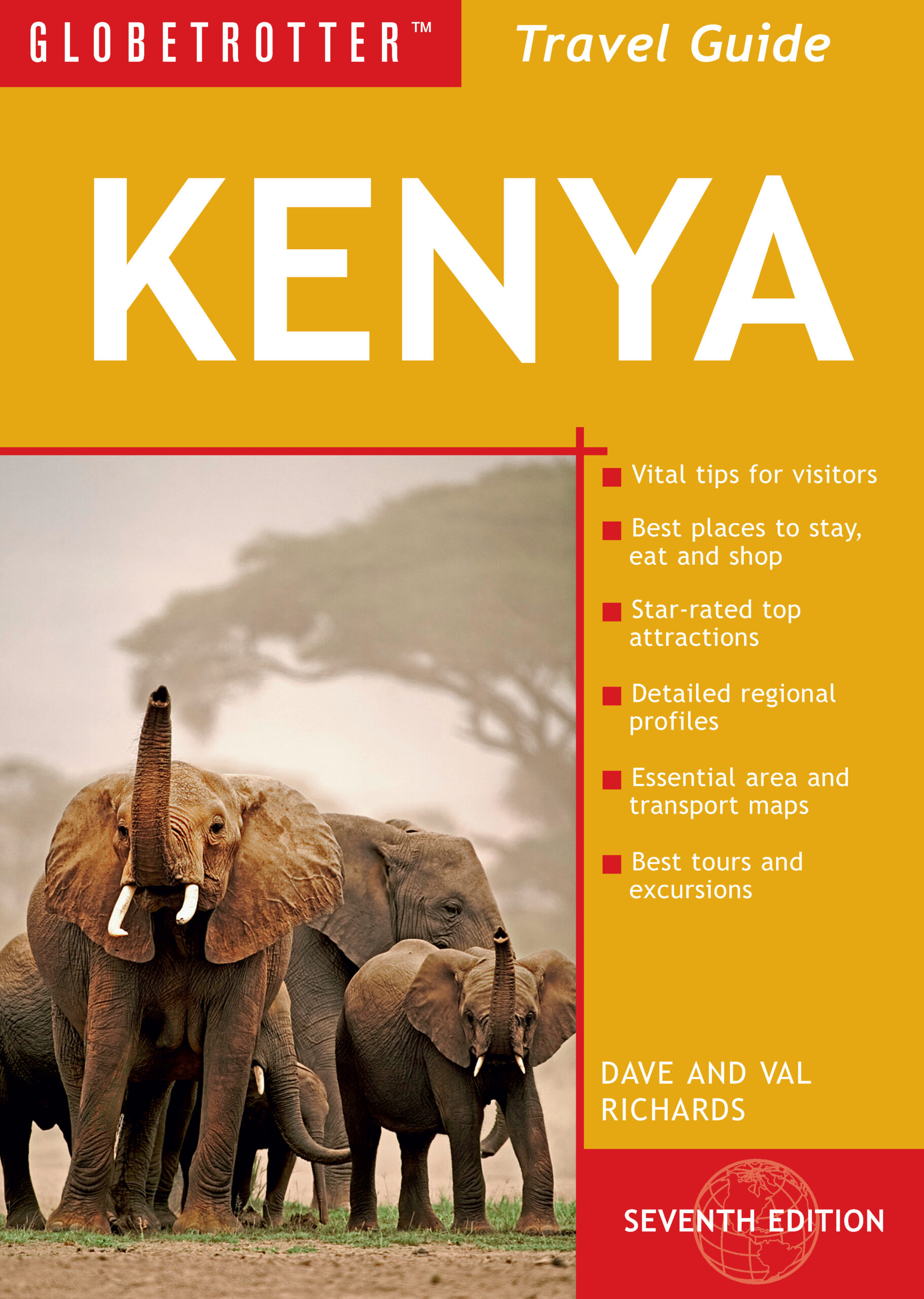
Kenya, a land where the wild heart of Africa beats strongest, offers a travel experience unlike any other. From the iconic savannahs teeming with wildlife to the pristine shores of the Indian Ocean, and from vibrant urban centers to ancient cultural sites, this East African gem promises adventure, discovery, and profound connection. For centuries, its name has been synonymous with safari, but Kenya is so much more than just a wildlife haven; it’s a tapestry woven with rich history, diverse cultures, and breathtaking landscapes that leave an indelible mark on every visitor.
This comprehensive guide will navigate you through the wonders of Kenya, covering its top attractions, delving into its fascinating past, providing essential travel tips, outlining accommodation and transportation options, and pinpointing the best time to embark on your unforgettable journey.
A Tapestry of Wonders: Kenya’s Top Attractions

Related Articles about The Heart of Africa: An Unforgettable Journey Through Kenya:
- India: A Traveler’s Guide to a Land of Infinite Wonders
- A Traveler’s Handbook to Singapore: A Jewel of Southeast Asia
- Argentina: A Tapestry of Wonders – Your Ultimate Travel Guide
- A Tapestry of Dreams: Your Ultimate Travel Guide to France
- A Journey Through Enchantment: Your Ultimate Travel Guide to Malaysia
Kenya’s allure lies in its incredible diversity, offering a smorgasbord of experiences for every kind of traveler.
1. Safari Superstars: The Iconic National Parks and Reserves
- Maasai Mara National Reserve: The crown jewel of Kenya’s wildlife viewing, the Maasai Mara is world-renowned for its vast plains and exceptional density of wildlife, including the "Big Five" (lion, leopard, elephant, rhino, buffalo). From July to October, it plays host to one of nature’s most spectacular events: the Great Migration, where millions of wildebeest and zebras traverse the Mara River, braving crocodile-infested waters in search of greener pastures. It’s an unparalleled spectacle of life and death, predator and prey.
- Amboseli National Park: Famous for its large herds of elephants and stunning views of Mount Kilimanjaro, Africa’s highest peak, Amboseli offers a dramatic backdrop to your safari. The park’s diverse ecosystem, with its dusty plains, acacia woodlands, and swamps fed by underground springs, supports a rich array of birdlife and other plains game.
- Tsavo East and Tsavo West National Parks: Together forming one of the largest protected areas in the world, the Tsavo parks offer contrasting landscapes. Tsavo East is known for its arid plains, the Yatta Plateau (one of the world’s longest lava flows), and the "red elephants" that dust themselves in the park’s iron-rich soil. Tsavo West is more mountainous and wet, featuring volcanic hills, natural springs like Mzima Springs (where you can observe hippos and crocodiles from an underwater viewing chamber), and a more dramatic scenery.
- Samburu National Reserve: Located in the arid northern plains, Samburu offers a unique safari experience with species not found further south. Look out for the "Samburu Special Five": the Grevy’s zebra, reticulated giraffe, Beisa oryx, Somali ostrich, and gerenuk (long-necked antelope). The Ewaso Ng’iro River provides a lifeline for the diverse wildlife here.
- Lake Nakuru National Park: A stunning soda lake famous for its millions of flamingos that once painted its shores pink (though their numbers fluctuate), Lake Nakuru is also a sanctuary for black and white rhinos, Rothschild’s giraffes, lions, and leopards. It’s a birder’s paradise and a beautiful park to explore, often included in itineraries with the Maasai Mara.
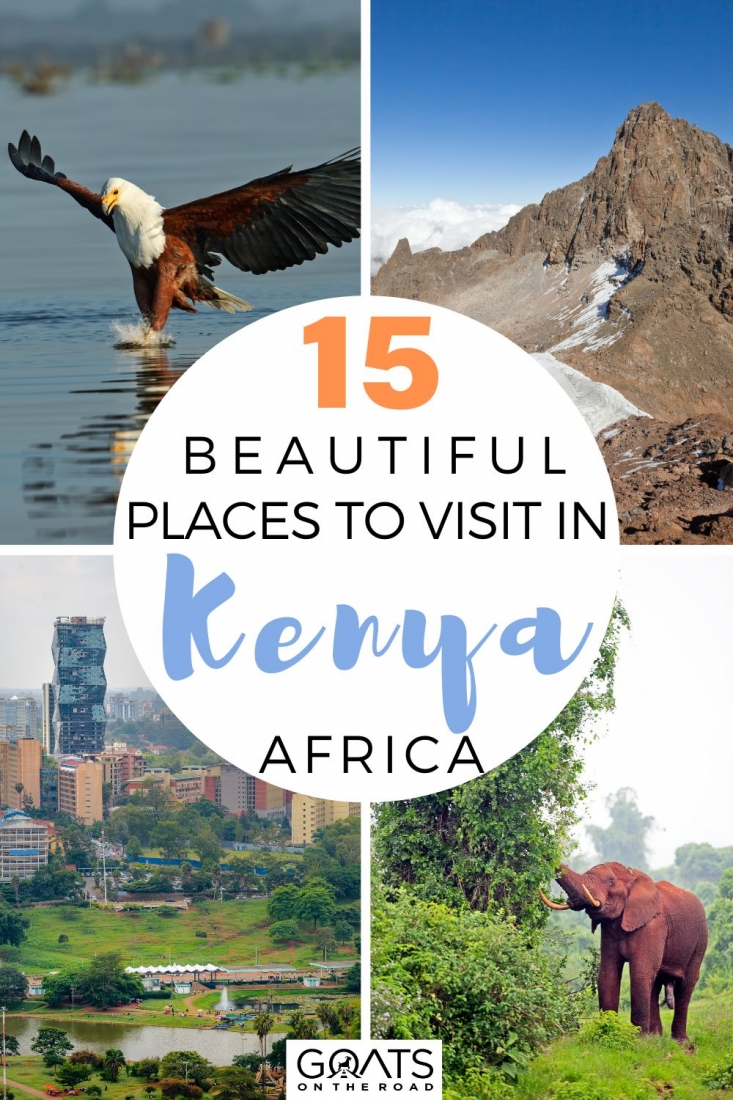
2. Coastal Charms: Sun, Sand, and Swahili Culture
- Mombasa: Kenya’s second-largest city, Mombasa is a bustling port city with a rich history influenced by Arab, Indian, and Portuguese traders. Explore the UNESCO-listed Old Town with its narrow winding streets, ancient Swahili architecture, and the imposing Fort Jesus. Beyond history, Mombasa offers vibrant markets, delicious seafood, and access to beautiful beaches like Nyali and Bamburi.
- Diani Beach: South of Mombasa, Diani is consistently ranked among Africa’s best beaches. Its pristine white sands, swaying palm trees, and warm turquoise waters are perfect for relaxation, snorkeling, diving, kitesurfing, and deep-sea fishing. A relaxed, resort-town atmosphere prevails here.
- Lamu Archipelago: A UNESCO World Heritage site, Lamu Old Town offers a captivating journey back in time. With no cars on the island, donkeys are the primary mode of transport, and life moves at a serene pace. Explore the narrow alleyways, admire the intricate Swahili architecture, visit the Lamu Museum, and enjoy dhow cruises. It’s a cultural immersion unlike anywhere else.
3. Mountain Majesty: Mount Kenya
Africa’s second-highest peak, Mount Kenya, offers a challenging and rewarding trekking experience. While its highest peaks require technical climbing, the Sirimon and Chogoria routes lead to Point Lenana (4,985m), accessible to experienced trekkers. The landscape ranges from rainforest to alpine moorlands, providing stunning vistas and unique flora.
4. Nairobi’s Urban Safari: A City of Contrasts
Kenya’s capital, Nairobi, is a dynamic metropolis that surprisingly blends urban life with wild nature.
- Nairobi National Park: Uniquely, this park is located just a few kilometers from the city center, offering the surreal sight of giraffes and zebras grazing against a backdrop of skyscrapers. It’s home to a significant black rhino sanctuary and a wide array of other wildlife.
- David Sheldrick Wildlife Trust: Visit this elephant orphanage to learn about the incredible work done to rescue and rehabilitate orphaned elephants and rhinos. Witness the daily feeding of the baby elephants, a truly heartwarming experience.
- Giraffe Centre: Get up close and personal with endangered Rothschild’s giraffes, feeding them pellets from an elevated platform. It’s a fantastic educational and interactive experience for all ages.
- Karen Blixen Museum: Step into the former home of the famous Danish author of "Out of Africa," offering a glimpse into colonial life in Kenya.
Echoes of Time: A Glimpse into Kenya’s Rich History
Kenya’s history is as diverse and captivating as its landscapes. Evidence suggests that the Great Rift Valley, which bisects Kenya, is the "cradle of humanity," where some of the earliest hominids roamed millions of years ago.
- Pre-colonial Era: For centuries, various ethnic groups, including the Bantu, Nilotic, and Cushitic peoples, inhabited the land, developing complex societies and vibrant cultures. The Swahili coast, with its strategic location, became a vital hub for trade routes across the Indian Ocean from as early as the 1st century AD. Arab, Persian, and Indian traders established city-states like Mombasa, Lamu, and Malindi, fostering a unique Swahili culture blending African and Islamic influences.
- European Exploration and Colonialism: European explorers began to penetrate the interior in the mid-19th century, with figures like David Livingstone and Joseph Thomson mapping the land. By the late 19th century, Britain established the East Africa Protectorate, primarily to secure a route to Uganda and suppress the slave trade. The construction of the Uganda Railway (dubbed the "Lunatic Express") from Mombasa to Lake Victoria significantly altered the landscape, bringing in Indian laborers and facilitating European settlement.
- The Struggle for Independence: British colonial rule led to land alienation and racial discrimination, sparking a growing nationalist movement. The Mau Mau Uprising (1952-1960), a violent rebellion primarily by the Kikuyu people, played a crucial role in accelerating the push for independence. Though brutally suppressed, it highlighted the deep-seated grievances against colonial rule.
- Independence and Beyond: Kenya gained independence on December 12, 1963, with Jomo Kenyatta becoming its first president. The post-independence era saw efforts to build a unified nation, though challenges like ethnic tensions and political transitions have marked its path. Today, Kenya is a vibrant democracy, a regional economic powerhouse, and a beacon for tourism in East Africa.
Navigating Your Journey: Essential Travel Tips
A well-prepared traveler enjoys Kenya to its fullest. Here’s what you need to know:
1. Before You Go:
- Visa: Most non-African nationals require an eVisa, which must be obtained online in advance through the official eVisa portal. Check the latest requirements for your nationality.
- Health & Vaccinations: Consult your doctor well in advance. Yellow Fever vaccination is mandatory for entry from certain countries (and often recommended regardless). Malaria prophylaxis is highly recommended for most safari areas. Other recommended vaccinations include Tetanus, Diphtheria, Polio, Hepatitis A & B, and Typhoid.
- Travel Insurance: Comprehensive travel insurance covering medical emergencies, evacuation, trip cancellations, and lost luggage is essential.
- Currency: The local currency is the Kenyan Shilling (KES). Major credit cards are accepted in larger hotels and shops, but cash is essential for smaller purchases, markets, and tipping. ATMs are widely available in cities.
- Booking Safaris: Use reputable tour operators. Read reviews, compare itineraries, and ensure they are licensed and prioritize responsible tourism practices.
2. Health & Safety:
- Water & Food: Drink only bottled or filtered water. Avoid street food unless you’re confident in its hygiene. Stick to well-cooked meals from reputable establishments.
- Sun Protection: The equatorial sun is strong. Use high-factor sunscreen, wear a wide-brimmed hat, and sunglasses.
- Insect Repellent: Essential, especially for malaria prevention. Look for repellents with DEET.
- Personal Safety: Be aware of your surroundings, especially in crowded urban areas. Avoid walking alone at night. Keep valuables out of sight. Trust your instincts. Safari camps and lodges are generally very safe.
3. Cultural Etiquette:
- Respectful Dress: While there’s no strict dress code, modest attire is appreciated, especially when visiting local communities or religious sites.
- Photography: Always ask for permission before taking photos of people, especially Maasai or other indigenous communities. Tipping may be expected for photos.
- Tipping: Tipping is customary for safari guides, lodge staff, porters, and restaurant staff. A guideline is around $10-20 per person per day for safari guides, and smaller amounts for other services.
- Bargaining: Common in markets, but do so respectfully and good-naturedly.
4. Packing Smart:
- Safari Wear: Neutral colors (khaki, olive green, brown) are best to avoid startling animals and to blend in. Layers are key as temperatures can vary significantly from morning to midday. Lightweight long-sleeved shirts and trousers protect against sun and insects.
- Comfortable Shoes: For walking and safari drives.
- Essentials: Hat, sunglasses, high-factor sunscreen, insect repellent, personal medications, camera with extra batteries/memory, binoculars, adapter (Type G – UK standard), small backpack for day trips.
- Rain Gear: A lightweight waterproof jacket is useful, especially during shoulder seasons.
Your Home Away From Home: Accommodation Options
Kenya offers a vast spectrum of accommodation, catering to every budget and preference.
- Luxury Safari Lodges and Tented Camps: For the ultimate safari experience, these offer unparalleled service, gourmet dining, private guides, and stunning locations often within the parks or reserves. Think opulent tents with en-suite bathrooms, infinity pools, and incredible wildlife viewing from your veranda. (e.g., Angama Mara, Governors’ Camp, Cottar’s 1920s Camp).
- Mid-Range Hotels and Safari Camps: Offering comfort and excellent value, these options provide quality service, comfortable rooms or permanent tents, and often include meals and safari activities. Many chains like Sarova and Serena have properties across key destinations.
- Budget Guesthouses and Hostels: Available primarily in urban centers like Nairobi and Mombasa, these offer basic, clean, and affordable accommodation for budget-conscious travelers.
- Coastal Resorts: Along the coast, you’ll find everything from sprawling all-inclusive resorts to boutique hotels and private villas, many offering direct beach access and a wide range of water sports.
- Unique Stays: Consider a treehouse hotel, a private conservancy villa, or a traditional Swahili guesthouse in Lamu for a truly distinctive experience.
Getting Around: Transportation in Kenya
Navigating Kenya is relatively straightforward, with options ranging from bush planes to modern trains.
- International Flights: Most international travelers arrive at Jomo Kenyatta International Airport (JKIA) in Nairobi. Mombasa also has an international airport, Moi International Airport (MBA).
- Domestic Flights: For safaris, flying is often the most efficient and scenic way to travel. Companies like Safarilink and AirKenya offer scheduled bush flights to numerous airstrips within or near national parks and coastal towns. This allows you to maximize your time on safari.
- Road Travel:
- Safari Vehicles: Most safaris are conducted in custom-built 4×4 land cruisers or minibusses with pop-up roofs for optimal game viewing. These are driven by experienced safari guides.
- Matatus: These privately owned minibuses are the backbone of public transport for locals, covering most routes. They are cheap but can be crowded, fast-paced, and not always the safest option for tourists.
- Taxis & Ride-sharing: Taxis are readily available in cities. Ride-sharing apps like Uber and Bolt operate in Nairobi and Mombasa, offering a convenient and often safer alternative.
- Train: The Standard Gauge Railway (SGR), known as the Madaraka Express, connects Nairobi and Mombasa. It’s a modern, comfortable, and affordable way to travel between the two cities, offering scenic views of Tsavo National Park along the way.
- Boats: In coastal areas, particularly in the Lamu Archipelago, dhows (traditional sailing vessels) are a primary mode of transport between islands and for scenic cruises.
Timing Your Adventure: Best Time to Visit
Kenya’s equatorial climate generally means warm temperatures year-round, but specific seasons offer different advantages.
- Dry Seasons (July to October & January to February): This is widely considered the best time for wildlife viewing. Animals congregate around permanent water sources, making them easier to spot. The vegetation is sparser, improving visibility. The Great Migration in the Maasai Mara peaks during July-October, making this the most popular (and busiest) time.
- Wet Seasons / Green Seasons (March to May & November to December): While rain can occur, it often comes in short, heavy showers, leaving plenty of sunshine. This period offers lush, green landscapes, excellent birdwatching opportunities (migratory birds arrive), and often lower prices and fewer crowds. Photography can be stunning with dramatic skies. March-May is the "long rains," and November-December is the "short rains."
For beach holidays, the coastal areas are pleasant year-round, though the hotter, more humid months are January-March. If you plan to trek Mount Kenya, the dry seasons are generally preferred for clearer skies and safer climbing conditions.
Conclusion
Kenya is more than just a destination; it’s an experience that awakens the senses and nourishes the soul. From the thunder of hooves across the Mara plains to the gentle sway of dhows in Lamu, and from the vibrant energy of Nairobi to the serene majesty of Kilimanjaro, Kenya offers a journey of discovery. It’s a land of unparalleled natural beauty, rich cultural heritage, and warm, welcoming people. Prepare to be captivated, for a trip to Kenya is a promise of adventure, wonder, and memories that will last a lifetime.
